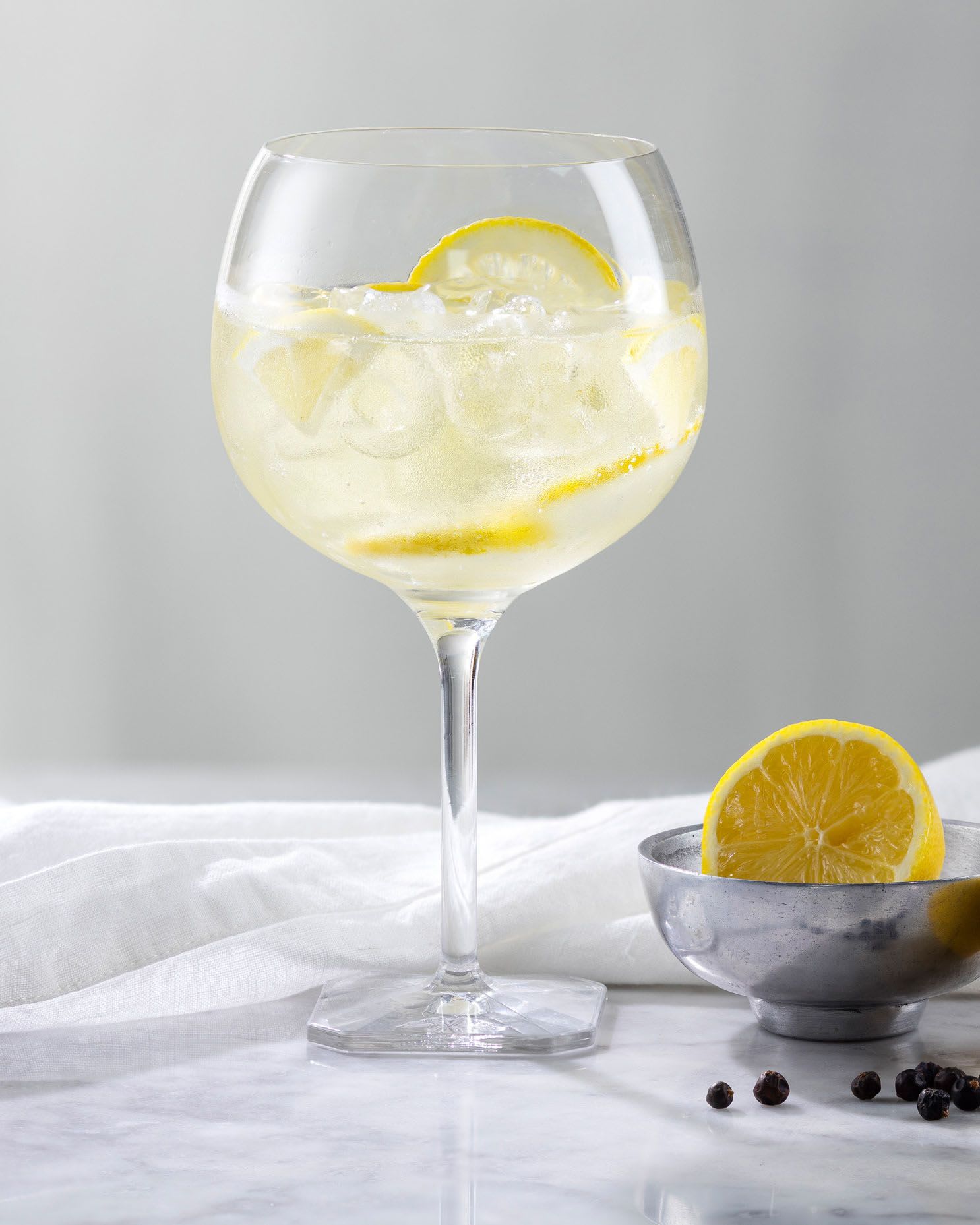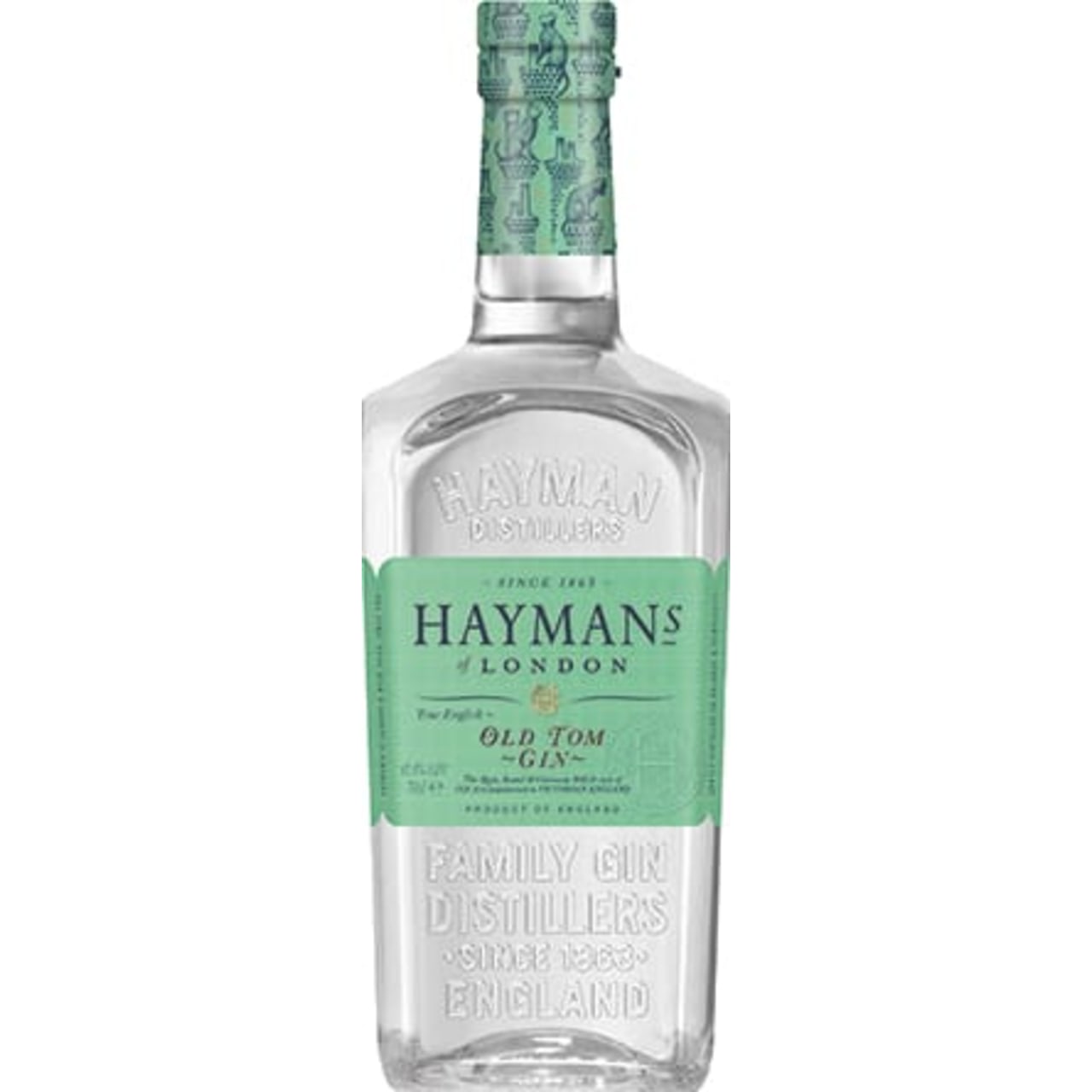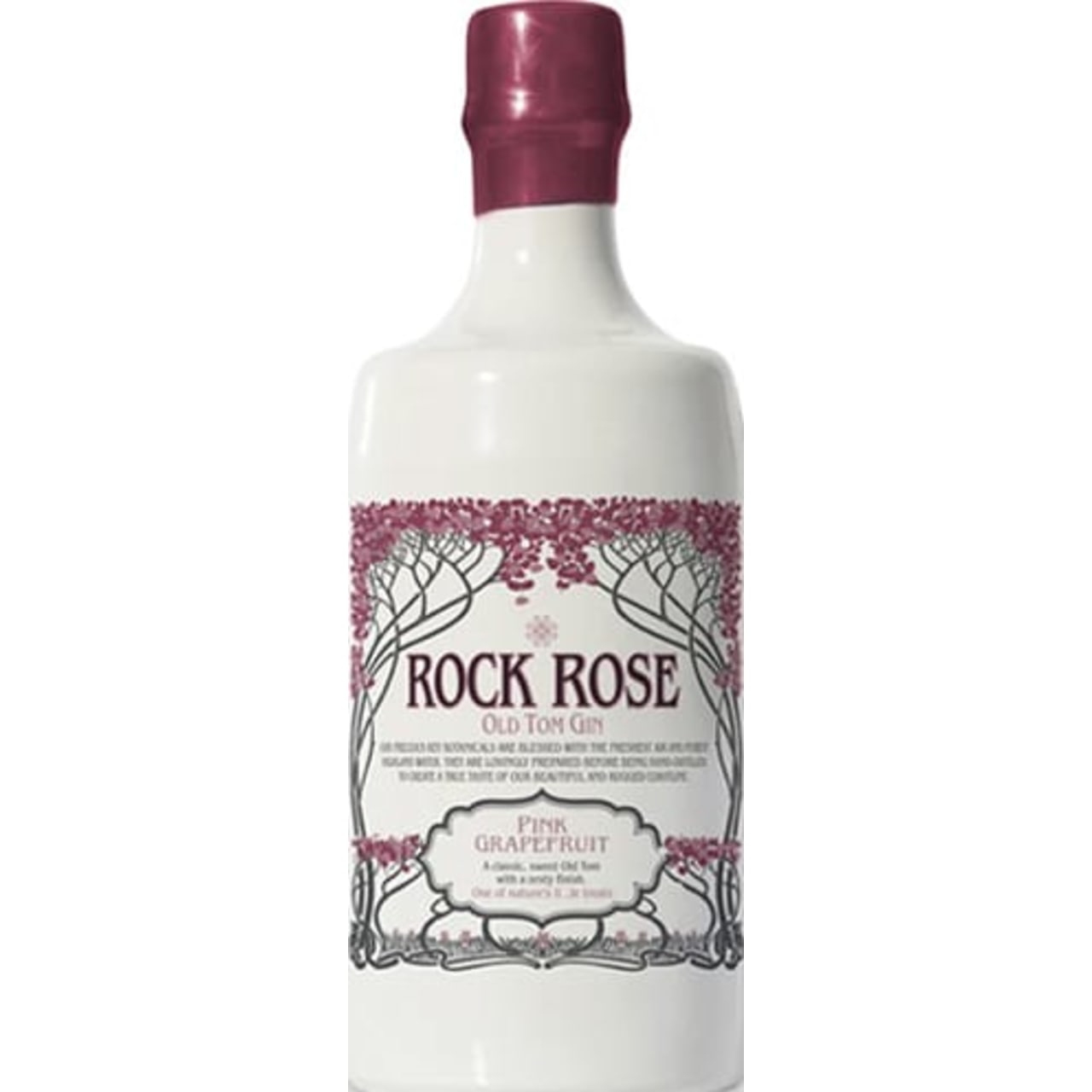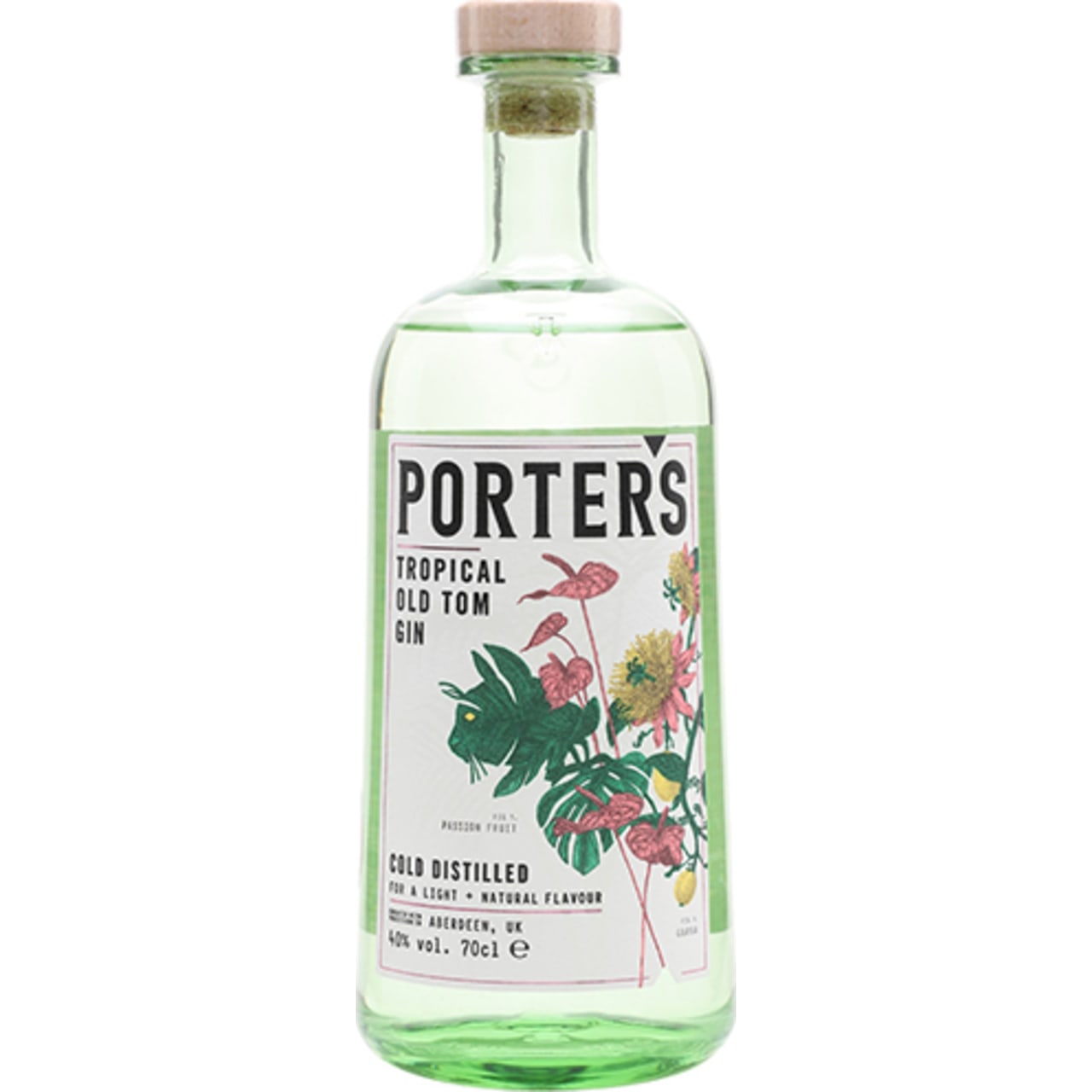Top Tip:
As it was popular in the era, many suggest using Old Tom Gins to make this cocktail with. If you do, drop the amount of sugar syrup by half as the natural sweetness of the gin more than makes up the difference. As you'll see below, we prefer using a Jonge Genever when we look to make an Old School recreation though…


An abridged, inebriated history:
The first recorded Tom Collins recipe is from the second edition of Jerry Thomas’ book, “The Bartender’s Guide”, published in 1876, in which the Tom Collins is a class of drink, with the type of alcoholic spirit being used specified after the name Tom Collins (e.g. “-brandy”,”-gin”). It was others, who came after Thomas, “the father of American mixology,” who changed the Tom Collins from its three main variations into a purely gin drink.
The story of the hoax goes something like… Tom Collins was a loud and boisterous man who was known to sit in taverns and talk harshly of nearly everyone he’d met, or in many cases, those he hadn’t. Fortunately for those who fell victim to Collins’ wrath, they had good friends who would immediately find their friend and let them know of all the profanity directed towards them. The victim was then encouraged to find Collins and confront him. However, when the victim went to the tavern where Collins was meant to be, he was nowhere to be found (because Tom Collins did not exist). It was then that those desperately looking for their revenge would ask at the bar for Tom Collins, and instead receive the sour cocktail.
“Have you seen Tom Collins?”
“If you haven’t, perhaps you had better do so, and as quick as you can, for he is talking about you in a very rough manner–calling you hard names, and altogether saying things about you that are rather calculated to induce people to believe there is nothing you wouldn’t steal short of a red-hot stove. Other little things of that nature he is openly speaking in public places, and as a friend–although of course we don’t wish to make you feel uncomfortable–we think you ought to take some notice of them and of Mr. Tom Collins.”
“This is about the cheerful substance of a very successful practical joke which has been going the rounds of the city in the past week. It is not to this manor born, but belongs to New York, where it was played with immense success to crowded houses until it played out.” Gettysburg Compiler (1874)
The prank came to be known as The Great Tom Collins Hoax of 1874. It continued to be circulated for months by newspapers who at first reported it in all seriousness. The Decatur, III, Daily Republican in June 1874 threw out this headline and following article.
“ Tom Collins Still Among Us.” “This individual kept up his nefarious business of slandering our citizens all day yesterday. But we believe that he succeeded in keeping out of the way of his pursuers. In several instances he came well nigh being caught, having left certain places but a very few moments before the arrival of those who were hunting him. His movements are watched to-day with the utmost vigilance.”
When finally the newspaper caught up, they changed their tact rather quickly and instead claimed sightings of Tom Collins moving throughout America.
Two years later, Jerry Thomas included a new drink named after the hoax. By 1878, the Tom Collins was being served in the bar rooms everywhere, establishing itself as an international icon. In 1891, gum syrup, was replaced in the recipe by sugar as well as the use of Old Tom gin, a lightly sweetened gin popular in 18th-century England. The Tom Collins became the cocktail of the hour.
Whilst this hoax does undeniably make a great tale, this might not have been its original start-up in life. David Wondrich gives another alternative suggesting that the Tom Collins was actually a John Collins in its former being. John Collins was headwaiter at Limmer’s Hotel, Conduit Street, London during the 1870s and 80s when his name got attached to this gin concoction.
Limmer’s was not just your standard ordinary hotel but a place of real excitement attracting athletes since the start of the 19th Century, from all over with their enticing drinks, funky tunes and buzzing atmosphere. Soon they found themselves at the centre of some great controversy when their gin punch, which they had become rather famous for, was related to the Tom Collins cocktail. Sir Morell Mackenzie, the British physician, linked Limmer’s Bartender John Collins to the Tom Collins and suggested that the name had changed due to the use of Old Tom gin in Collin’s gin punch.
Even as they has been much conflict surrounding Mackenzie’s proposal, including the idea that he had misheard the rhyme in which he had related the Collin’s together, his theory still remains. The English Gin punch of earlier centuries might not be that far of a relation from the Tom Collins.
The Tom Collins does remain very similar to that of the Gin Fizz; the same combination of gin, lemon juice and sugar with soda is partnered together to make a refreshing and sweet drink. The Tom Collins usually would have had more lemon than the latter making it more of a gin lemonade than a gin soda. Different types of gin vary in their sweetness; a Gin Fizz usually being made with gin that’s a touch more bitter. Furthermore, Collins were a much more fashionable drink to be serving during the 19th Century than any type of Fizz was, perhaps preventing people from asking for a Gin Fizz with a dash more sugar and lemon.
Original Tom Collins Recipe:
Take 5 or 6 dashes of gum syrup (sugar syrup)
Juice of a small lemon
1 large wine-glass of gin
2 or 3 lumps of ice
As taken from ‘The Bartender’s Guide,’ Jerry Thomas. (1876)
Shake up well and strain into a large bar-glass. Fill up the glass with plain soda water and drink whilst it’s lively.
The type of gin used by Thomas was not specified in his 1876 book, but in our estimation, is likely to be Dutch genever rather than London Dry Gin since Jerry Thomas’ Gin Fizz (1862) called for Holland gin. Consider that Genever was imported into the United States at a ratio of approximately 6 liters to every 1 litre of English Dry Gin at that time – it makes for a strong case for that to be the likely candidate. To recreate the historic recipe we would recommend using Bols Genever or better still, an aged Oude Genever like Zuidam’s 3yr Genever.




